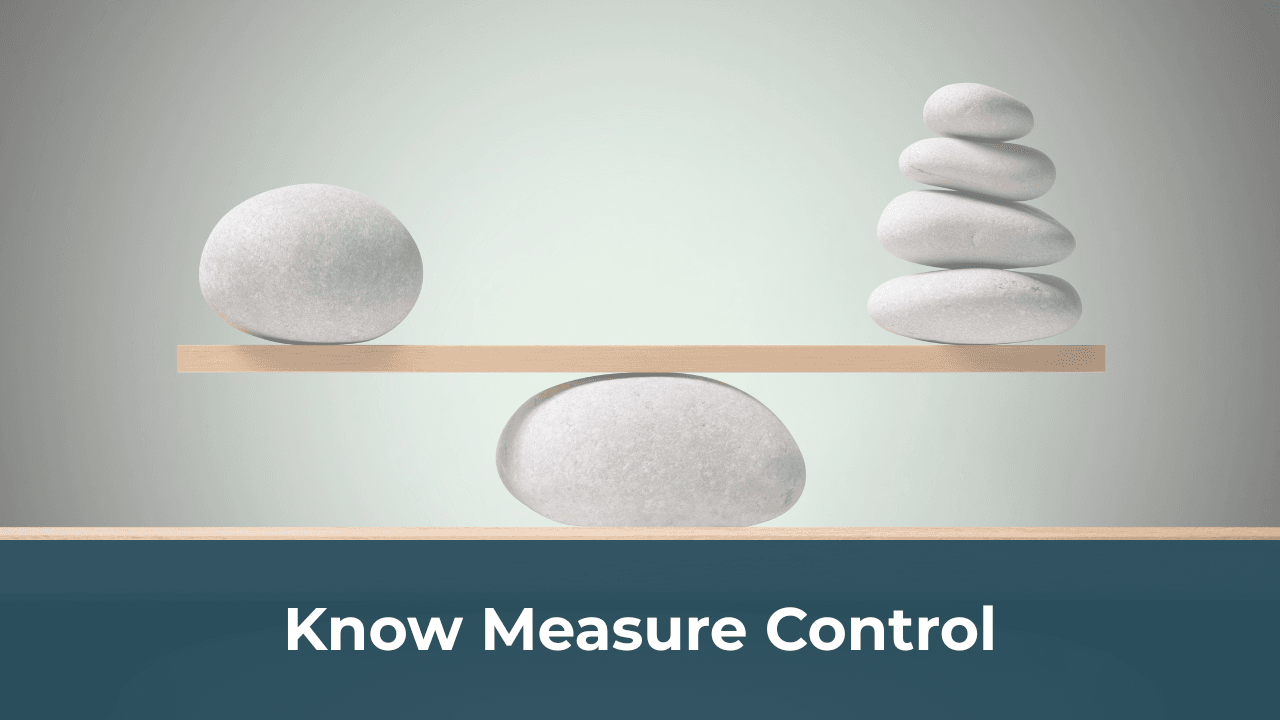4 Powerful Balance Sheet Insights for Smarter Decisions
If you’ve ever looked at your accounting software and skipped over the “Balance Sheet” report, you’re not alone. Most small business owners stick to the P&L. But your balance sheet is one of the most critical financial reports, it shows what your business owns, owes, and how much is left over.
Understanding it can reshape how you plan growth, secure funding, and make day-to-day decisions.
The Balance Sheet, Defined
The balance sheet is a snapshot of your company’s financial position at a specific point in time. It answers three key questions:
- What do you own? (Assets)
- What do you owe? (Liabilities)
- What’s left over for you or the shareholders? (Equity)
The formula is simple but powerful:
Assets = Liabilities + Equity
What’s Included in a Balance Sheet
1. Assets
Assets are everything your business owns that has value. These fall into two categories:
- Current Assets: Cash, accounts receivable, inventory, anything you can turn into cash within a year.
Fixed Assets: Long-term items like equipment, furniture, or vehicles.
These show how liquid your business is and how much you’ve invested in long-term growth.
2. Liabilities
Liabilities are what your business owes to others. Like assets, they’re split:
- Current Liabilities: Credit card debt, unpaid vendor bills, payroll liabilities, due within the year.
- Long-Term Liabilities: Loans or leases you’ll pay over several years.
Tracking these helps you understand your cash obligations and financial risk.
3. Owner’s Equity
Equity reflects what the business is worth after paying off liabilities. It includes:
- Owner’s capital contributions
- Retained earnings (profit the business has kept)
- Withdrawals or distributions (if applicable)
Equity is what’s left for you if you sold everything and paid off every debt.
What the Balance Sheet Tells You
1. Your Business’s Net Worth
This is the big one. Your equity shows your business’s real-time net worth. If liabilities exceed assets, you’ve got a problem. If equity is growing, you’re building real value.
2. Liquidity and Cash Flow Resilience
Can your business cover short-term obligations? The ratio of current assets to current liabilities tells you if you’re skating too close to a cash flow crisis.
3. Debt Load and Risk
A balance sheet shows how much of your business is funded by debt versus your own equity. Too much leverage can scare off lenders or lead to insolvency in lean months.
4. Investment Readiness
Banks and investors analyze your balance sheet first. It shows your creditworthiness, stability, and how responsibly you manage money. A strong balance sheet is your golden ticket to funding.
Common Balance Sheet Mistakes (And How to Avoid Them)
- Misclassified expenses (e.g., treating equipment purchases as expenses instead of assets)
- Forgetting to record loans or credit card balances
- Skipping depreciation on fixed assets
- Not updating retained earnings during monthly closing
- Ignoring unreconciled bank or credit card accounts
These mistakes distort your equity, mess up financial ratios, and lead to wrong decisions. The fix? Consistent, accurate bookkeeping. If your books are a mess, then it is too.
How Often Should You Review Your Balance Sheet?
At a minimum, monthly. This lets you spot negative trends, correct errors, and ensure financial health in real-time. If you’re only reviewing it during tax season, you’re flying blind the rest of the year.
How Bookkeeping Affects Your Balance Sheet
If your day-to-day accounting isn’t handled with care, your balance sheet becomes useless.
- Missing transactions = assets or liabilities disappear
- Inaccurate categorization = skewed equity
- No monthly closing = outdated retained earnings and unbalanced accounts
With professional bookkeeping, your Bs becomes a powerful financial dashboard, not just a static report.
Final Thoughts
The balance sheet isn’t just for your accountant it’s for you. It’s your business’s scorecard. And when maintained properly, it tells you exactly how financially healthy, resilient, and valuable your business is.
Want a balance sheet that reflects the real state of your business?
Email us at saman@vasl.team
Or schedule a time here: Book a meeting
Need the full picture? Our Bookkeeping Services ensure your Bs, P&L, and cash flow are accurate, up-to-date, and ready for any decision.
